Classification
This page should help you to understand where
Dendrobium officinale fits phylogenetically.
Domain:
Eukaryota - Dendrobium officinale belongs in
this Eukaryota because it contains a true nucleus
Kingdom:
Plantae - Kingdom Plantae requires cell walls
made of cellulose, multicellularity, and is autotrophic by
photosynthesis.
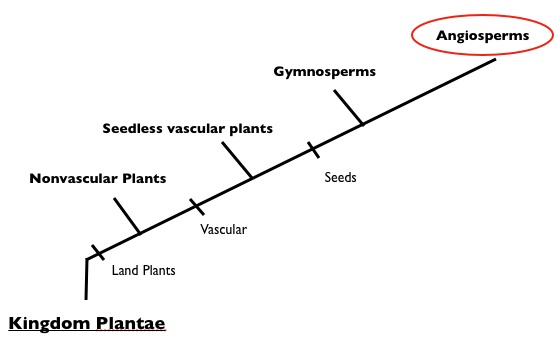
I created this phylogenetic tree based on the morphology of the plant kingdom.
Phylum:
Magnoliophyta - Magnoliophyta are flowering
plants, angiosperms, in which the seed is enclosed in an ovary.
This phylum also includes plants like
poison ivy,
Mistletoe,
Hops, and
Almond trees.
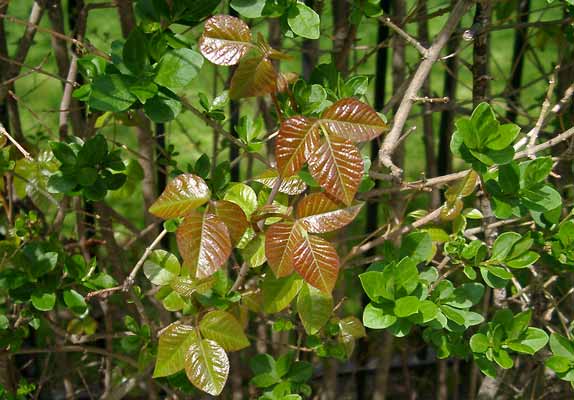
Class:
Liliopsida - Monocotyledones, in which the
embryo has one cotyledon, with parallel veins in the leaves.
More organisms that share these characteristics is the
calla lily,
barley, and
sugar cane.
Order:
Orchidales - Dendrobium officinale belongs in this
group because it has irregular flowers (orchids are considered
irregular flowers), and has small seeds.
Family:
Orchidaceae - This is known as the orchid
family, all orchids fall under this category, with unusual
flowers, and can be perennial, terrestrial, or epiphytic (which
is D. officinale). For a nice hometown reference the
yellow ladyslipper orchid is also in this Family .Something
you may not realize is
vanilla is also an orchid too!.
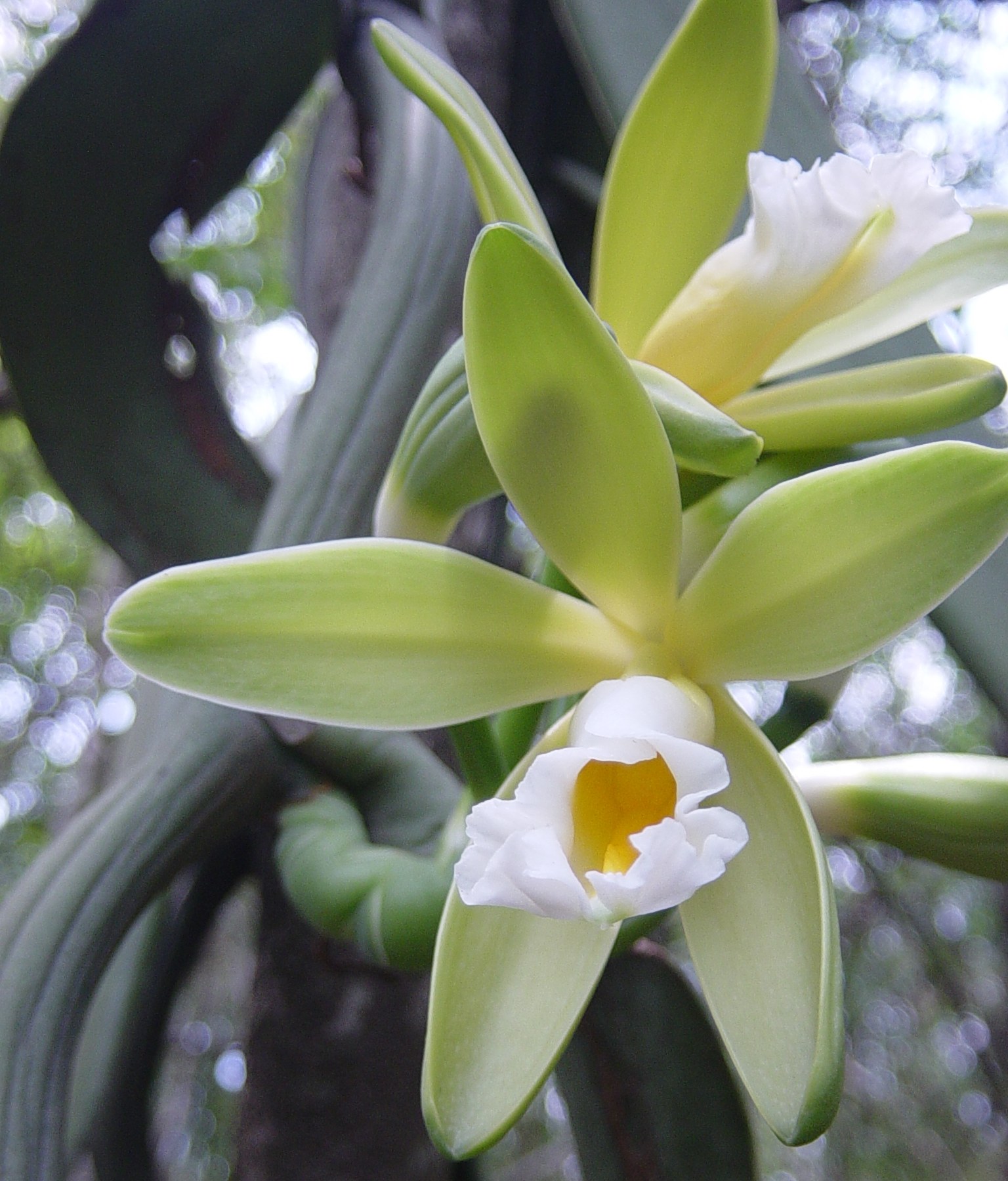
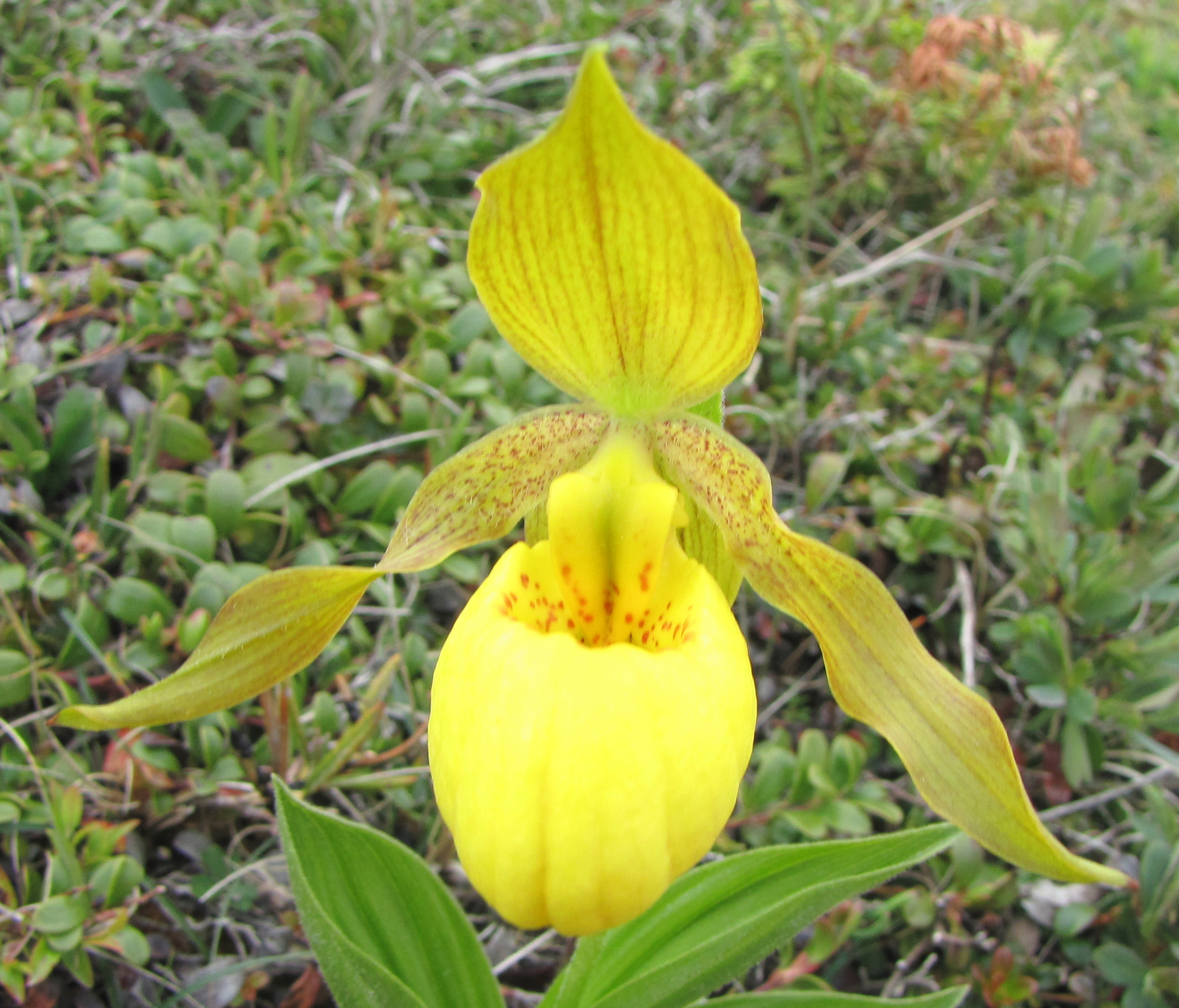
Genus:
Dendrobium - This particular genus has
cane like stems with separate flower clusters that attach at
equal stem distances.
Species:
officinale - This species is a rare,
endangered perennial herb that is mainly found in tropical and
subtropical areas of China. The flowers appear to have a grayish
appearance and the flowers are about 3.5-4 cm.
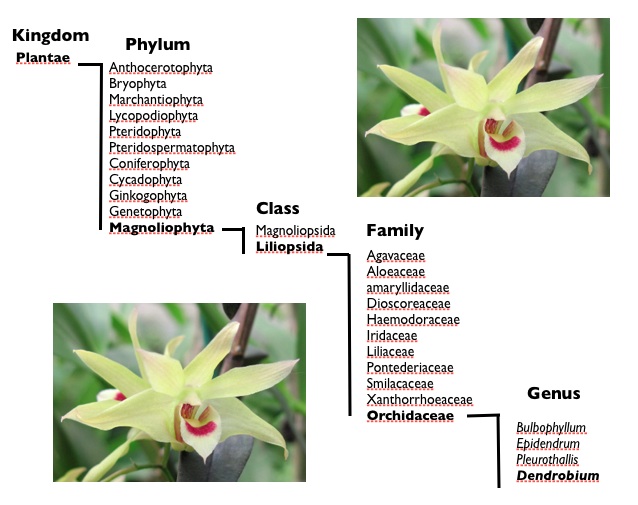
I created this taxonomic phylogenetic tree based on information from
zipcodezoo.com
To learn more about Dendrobium officinale, explore my
Habitat page.
Return to Home page.
